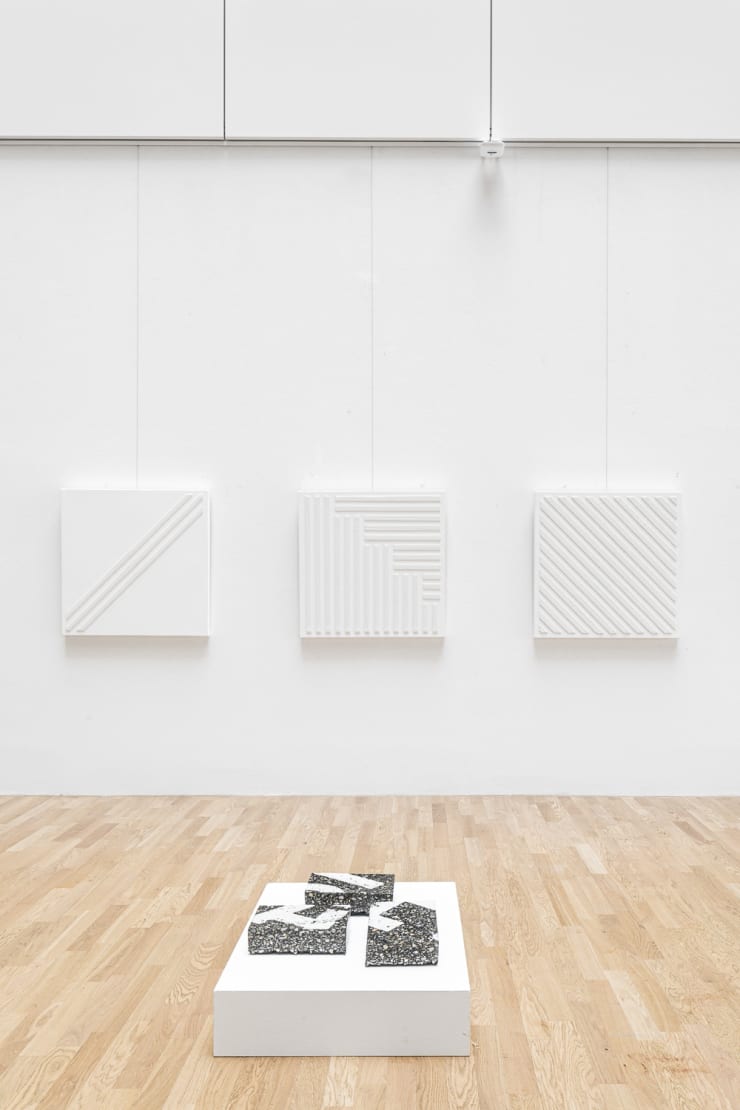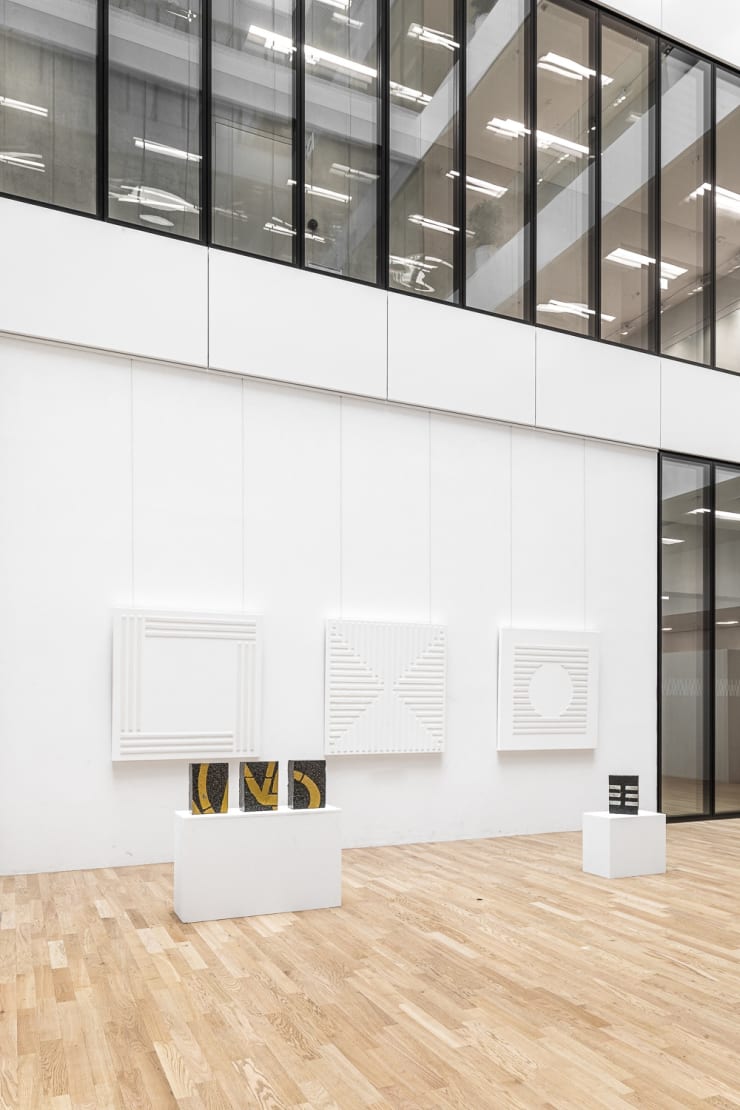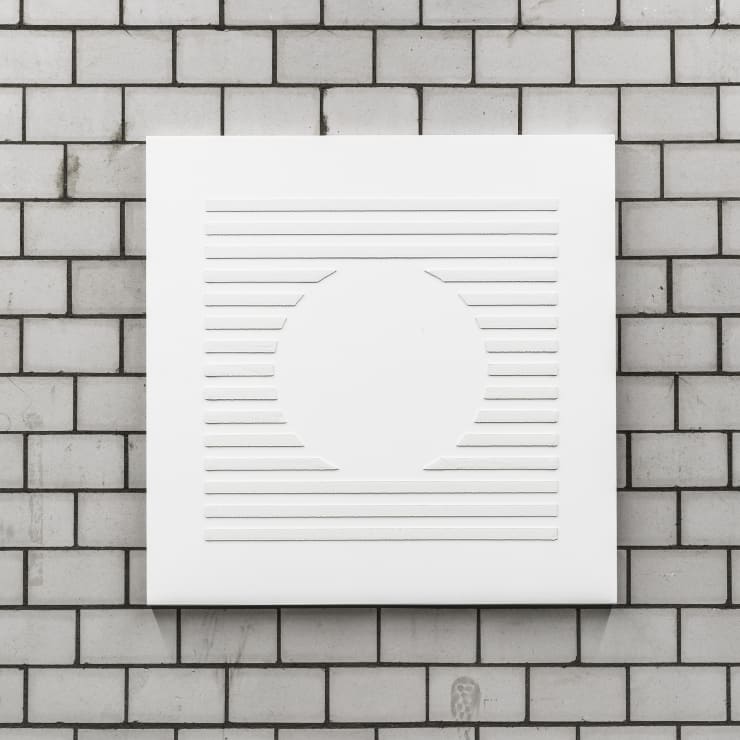Peter Baracchi, ORNAMENTAL WHITEOUT: Galerie SOON at sitem-insel
A transdisciplinary art project in collaboration with the translational research center “sitem-insel” and Gallery SOON in Berne. In this third exhibition at "sitem-insel" Peter Baracchi shows one of his latest projects "ORNAMENTAL WHITEOUT", which deals with tactile lines for visually impaired people, the strong contrasts and the perception of these patterns in urban space.
sitem-insel, the Swiss Institute for Translational and Entrepreneurial Medicine, is a
catalyst for a multidisciplinary collaborative approach to unlocking 'bench to
bedside' innovation. It brings together academia, government, industry, and science
in one place with a mission to establish, operate and develop a National Center of
Excellence for Translational Medicine that professionalizes translation research for
the benefit of patients, society and science.
For one of his latest art projects "ORNAMENTAL WHITEOUT", Peter Baracchi deals
with the tactile guidelines for blind and visually impaired people, which were initially
found only in the vicinity of railway stations and have been meandering alongside
the sidewalks throughout the whole city since then. Through the regularity and the
precise, geometric arrangement of those fine, white lines, an ornamental pattern is
created which - often unnoticed by a large part of the population - adorns our street
scene.
The forms, characterised by geometry and symmetry, have a clear function in public
space. Baracchi breaks down the markings, which function as rules,
commandments and prohibitions into their graphic elements, literally tears them out
of context to reassemble them into something new. This way, he succeeds in
shifting the detailed order of our environment a little and at the same time putting it
into the spotlight of our attention.
For the monochromatic paintings on canvas of the current series "ORNAMENTAL
WHITEOUT", Peter Baracchi uses the rich fund of tactile markings as his inspiration
- always adhering to the legal norms of course. The original road marking paint is
poured onto the canvas by means of official stencils at the correct intervals and is
brought together by ever new combinations of graphic elements to form entirely
new, abstract patterns. The resulting works are in direct reference to various styles
of art history, such as Constructivism and Concrete Art.
The separation of the white ornament from the black asphalt and the transfer to the
white canvas on the wall of a classic white cube results in the "ORNAMENTAL
WHITEOUT".
A whiteout is a meteorological phenomenon that occurs mainly in polar regions and
high mountains. A snow-covered ground and subdued sunlight result in the
disappearance of the horizon; ground and sky merge seamlessly. Even contours or
shadows are no longer recognizable and the observer has the feeling of being in a
completely empty, infinitely extended grey space.
This means that the lines lose their original function and their language. They're no
longer legible. They can no longer lead or stop or warn. They lead us into emptiness.
The disorientation of the observer occurs.













